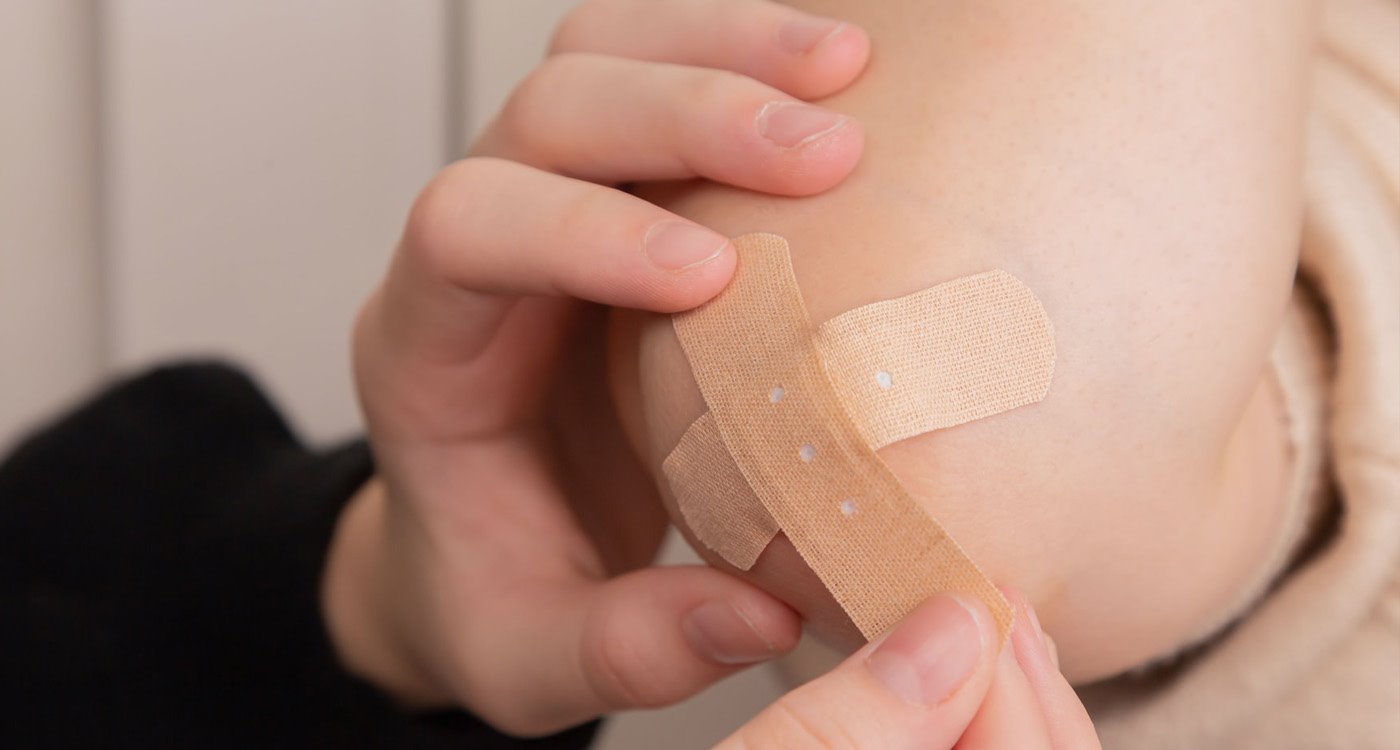What does it mean to disinfect a wound and why do it in the first place? A wound practically leaves the body open for any kind of infection. And depending on your environment, billions of tiny bacteria could easily enter the body through the wound and potentially cause serious infection and damage to the body. It is very important that before treating the wound, you need to disinfect it.
First of all, you need a first aid kit. It doesn’t have to be a comprehensive and bulky first aid kit. A simple one consisting of cotton, antiseptic, and Band-Aid would be just fine. Now without further ado, here are a few do’s and don’ts on how to disinfect a wound.
(This is not professional medical advice. Always approach your physician before attempting self-medication.)
1. DO WASH THE WOUND
It may hurt at first, but washing the wound can eliminate any bacteria on the surface of the wound and skin. Apart from bacteria, there could also be dirt and debris on the surface that could cause obstruction and complications when treating it. Use a mild soap and clear and clean water to avoid irritation.
2. DO WASH YOUR HANDS
Whether you are treating yourself or someone else, you must disinfect the wound with clean and sanitized hands. Wash your hands with esemtan skin cleanser or sanitize your hands with a good hospital grade handrub It may not be visible, but your hands also have millions of tiny bacteria that could enter the wound while you are treating it. If you must, wear plastic or disposable gloves when disinfecting open wounds. Apart from using soap and water, you can also use rubbing alcohol to further sanitize your hands. This is a fundamental step in wound care.
3. DO APPLY ANTISEPTIC
Apply any antiseptic solution on a sterile cotton pad, and gently dab it on the affected area. This acts as a shield of sorts that prevents skin infection and promotes healing in the skin. You can choose from various types of antiseptics that are gel-based like Octenisept Wound Gel. Avoid using cotton balls as the fibers can easily be left on the surface of the wound and could further aggravate the wound. If you want, you can use Octenisept Spray that does not require the use of cotton balls and aids in the healing process.
4. DON’T USE REGULAR CREAMS AND OINTMENTS
While the idea of having a soothing salve that can also cure and treat your wound sounds good, some ointments and creams contain certain chemicals that could worsen the wound. Some might even be carriers of microorganisms. And there are some creams and ointments that you might be allergic to. If you would like to use some ointments or creams in the healing process, opt for over-the-counter antibiotic creams. These can help with the healing as well as prevent scarring from happening.
5. COVER YOUR WOUND
After applying the antiseptic and depending on how large your wound is, carefully cover or dress it in either a sterilized Band-Aid or some gauze and secure it with medical tape. Change the dressing now and then to help speed up the healing process.
6. DON’T PICK AT YOUR WOUND SCAB.
As tempting as it may be, avoid picking at the scab of your wound. The scab acts like a shield that temporarily covers the wound while it is healing.
7. DO PRACTICE PERSONAL HYGIENE
While your wound has been thoroughly disinfected and it is starting to heal, practice your basic hygiene by washing your hands when touching it or repeating the same steps when changing the dressing. Remember, even the tiniest bacteria could cause an infection that could further complicate the healing process.




